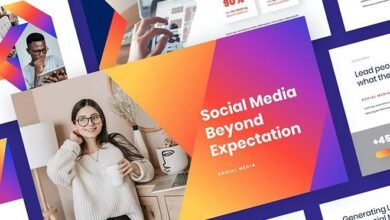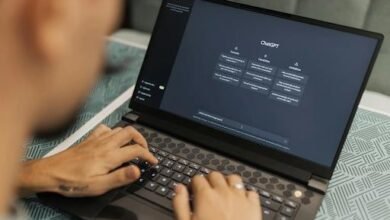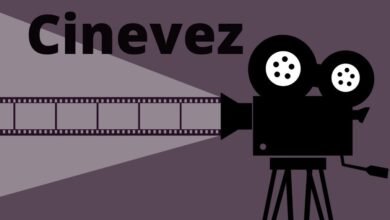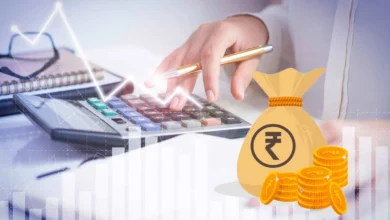The Future of Creativity: Exploring the Impact of Artificial Intelligence on Art and Design
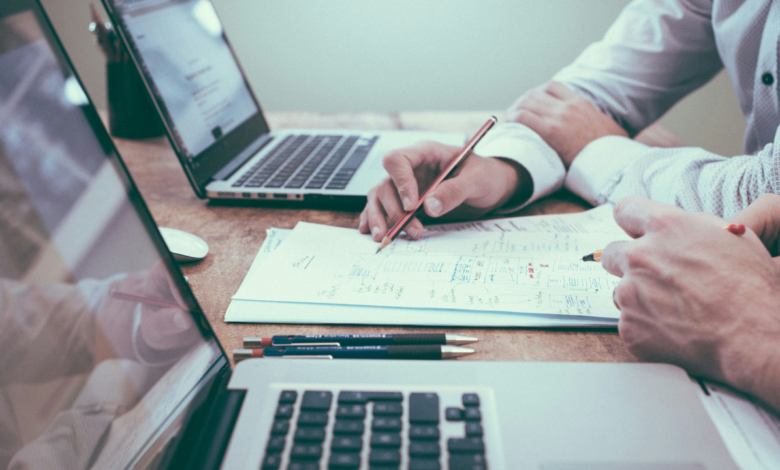
The world of creativity is evolving at an astonishing pace, thanks to advancements in artificial intelligence (AI). From writing and music composition to painting and graphic design, AI is rapidly becoming a partner in the creative process, rather than just a tool. One of the most exciting developments in this field is the rise of AI-driven technologies that can generate original art and designs. These technologies are not only transforming the way we create but also challenging our understanding of creativity itself.
AI and the Creative Revolution
Historically, art has been a deeply human endeavor. It’s an expression of emotion, culture, and individuality, often born from the complexities of the human experience. However, with the advent of AI, the lines between human and machine-created art are beginning to blur. AI-powered tools can now generate everything from abstract paintings to intricate illustrations, and even fully realized graphic designs.
At first, these tools might seem like a threat to traditional artists, but in reality, they are creating exciting new possibilities for collaboration. Artists can now use AI to experiment with new techniques, explore novel visual concepts, and push their creative boundaries. The combination of human intuition and AI’s computational power is opening up new frontiers in the creative world, allowing for entirely new forms of artistic expression.
One of the Most Fascinating Applications: Text to Image AI
One of the most remarkable breakthroughs in AI-driven creativity is the development of text to image AI technology. These AI systems, such as DALL-E or MidJourney, can take a written description—anything from a simple prompt to a detailed paragraph—and generate a high-quality image that matches the description. For example, you could input “a futuristic cityscape with flying cars and neon lights” and the AI would produce an image that visualizes this concept, often in a remarkably creative and surreal way.
This innovation has opened up new avenues for designers, storytellers, and marketers. Imagine a graphic designer being able to quickly generate unique visual concepts without the need for extensive illustration skills, or a novelist visualizing scenes from their book to help inspire future chapters. The possibilities are endless, and for many, these tools are becoming indispensable in their creative workflows.
The Ethics of AI-Generated Art
While AI-driven creativity offers exciting opportunities, it also raises important ethical questions. If a machine can create art, who owns it? Is the artwork truly “original” if it’s generated by an algorithm trained on existing works? These are just some of the questions artists, designers, and legal professionals are grappling with as AI continues to evolve.
There are also concerns about AI replacing human creativity. However, many argue that AI should be viewed as a collaborator rather than a competitor. After all, the creativity we associate with human art comes from our ability to bring together influences, emotions, and experiences in unique ways—something AI can assist with, but not fully replicate.
AI as a Tool for Inspiration
Rather than seeing AI as a replacement for human artists, it’s more productive to view it as a tool that enhances the creative process. Just as Photoshop and other design software have revolutionized the way artists work, AI has the potential to spark new ideas, refine concepts, and speed up the production process.
For example, many artists are already using AI to generate mood boards, explore color palettes, and create drafts. AI can also be a source of inspiration, offering unexpected and novel visual interpretations of a given theme or concept. In a way, AI is like having an unlimited source of creative partners, each capable of producing hundreds of variations of a single idea, making it easier for human artists to zero in on the most compelling and unique iterations.
The Road Ahead: AI in the Creative Industries
As AI continues to improve, we can expect to see its influence grow across a wide range of creative industries. In the world of advertising, AI-generated visuals can streamline content production, helping brands deliver more personalized and engaging experiences for their audiences. In film and television, AI could be used to create visual effects, concept art, or even to assist in storytelling by analyzing scripts and generating corresponding imagery.
The music industry is also beginning to embrace AI in new ways. AI algorithms can now compose original pieces of music, create remixes, and even assist in sound design. While it’s unlikely that AI will ever fully replace human musicians, it could play a significant role in enhancing the creative process and expanding the boundaries of what’s possible in music production.
Conclusion: Embracing the Future of Creativity
The fusion of AI and creativity is still in its early stages, but the possibilities are already exciting. Whether you’re an artist, designer, writer, or musician, AI tools offer new ways to bring your ideas to life and push the boundaries of what you thought was possible. Instead of fearing the rise of AI, we should embrace it as an exciting new tool that can help us discover innovative ways to express ourselves and solve creative challenges.
As we move forward into this new era of creativity, one thing is certain: AI is here to stay, and it will continue to reshape the world of art and design in ways we can only begin to imagine.
ChatGPT может допускать ошибки. Рекомендуем проверять важную информацию.
